[Anchor]
When transparent PET bottles are collected separately, they are reused as recycled plastic.
The government plans to increase the utilization rate of this recycled plastic to reduce environmental pollution, but the industry is expressing concerns.
Reporter Lee Se-heum has investigated the situation.
[Report]
Used PET bottles are sorted by color and thoroughly cleaned.
They are then broken down into plastic chips the size of rice grains and used as raw materials for new PET bottles.
To reduce domestic plastic waste, it was mandated two years ago that when producing more than 10,000 tons of PET bottle raw materials annually, 3 percent must be made from recycled plastic.
However, the effectiveness has diminished as the raw materials containing recycled plastic are mainly exported overseas.
[Lee Geon-ho/CEO of PET bottle recycling company: "Previously, there was no obligation for beverage companies to purchase recycled PET. Additionally, the price of recycled products was about 50% higher than that of new products..."]
In response, the Ministry of Environment has decided to expand the mandatory use of recycled plastic to include bottled water and beverage manufacturers starting next year.
Furthermore, the mandatory usage rate is planned to increase from the current 3 percent to 10 percent.
This is to participate in the international community's efforts to reduce plastic.
[Lee Jeong-mi/Director of Resource Recycling, Ministry of Environment: "In the EU, when manufacturing food-grade PET bottles, the proportion of recycled raw materials must be 25% by 2025, and there are plans to increase it to 30% by 2030."]
The related industry agrees with the intention but is currently expressing concerns.
This is because the price of recycled plastic is about 1.5 times higher than that of regular plastic, and new facilities need to be introduced.
They argue that there is a need for benefits for companies using recycled raw materials, along with solving the price issue.
The Ministry of Environment plans to gradually increase the proportion of recycled plastic used in PET bottles to 30 percent by 2030 and to expand the target companies.
This is KBS News, Lee Se-heum.
When transparent PET bottles are collected separately, they are reused as recycled plastic.
The government plans to increase the utilization rate of this recycled plastic to reduce environmental pollution, but the industry is expressing concerns.
Reporter Lee Se-heum has investigated the situation.
[Report]
Used PET bottles are sorted by color and thoroughly cleaned.
They are then broken down into plastic chips the size of rice grains and used as raw materials for new PET bottles.
To reduce domestic plastic waste, it was mandated two years ago that when producing more than 10,000 tons of PET bottle raw materials annually, 3 percent must be made from recycled plastic.
However, the effectiveness has diminished as the raw materials containing recycled plastic are mainly exported overseas.
[Lee Geon-ho/CEO of PET bottle recycling company: "Previously, there was no obligation for beverage companies to purchase recycled PET. Additionally, the price of recycled products was about 50% higher than that of new products..."]
In response, the Ministry of Environment has decided to expand the mandatory use of recycled plastic to include bottled water and beverage manufacturers starting next year.
Furthermore, the mandatory usage rate is planned to increase from the current 3 percent to 10 percent.
This is to participate in the international community's efforts to reduce plastic.
[Lee Jeong-mi/Director of Resource Recycling, Ministry of Environment: "In the EU, when manufacturing food-grade PET bottles, the proportion of recycled raw materials must be 25% by 2025, and there are plans to increase it to 30% by 2030."]
The related industry agrees with the intention but is currently expressing concerns.
This is because the price of recycled plastic is about 1.5 times higher than that of regular plastic, and new facilities need to be introduced.
They argue that there is a need for benefits for companies using recycled raw materials, along with solving the price issue.
The Ministry of Environment plans to gradually increase the proportion of recycled plastic used in PET bottles to 30 percent by 2030 and to expand the target companies.
This is KBS News, Lee Se-heum.
■ 제보하기
▷ 카카오톡 : 'KBS제보' 검색, 채널 추가
▷ 전화 : 02-781-1234, 4444
▷ 이메일 : kbs1234@kbs.co.kr
▷ 유튜브, 네이버, 카카오에서도 KBS뉴스를 구독해주세요!
- Plan to use recycled plastic more
-
- 입력 2025-02-24 00:53:45
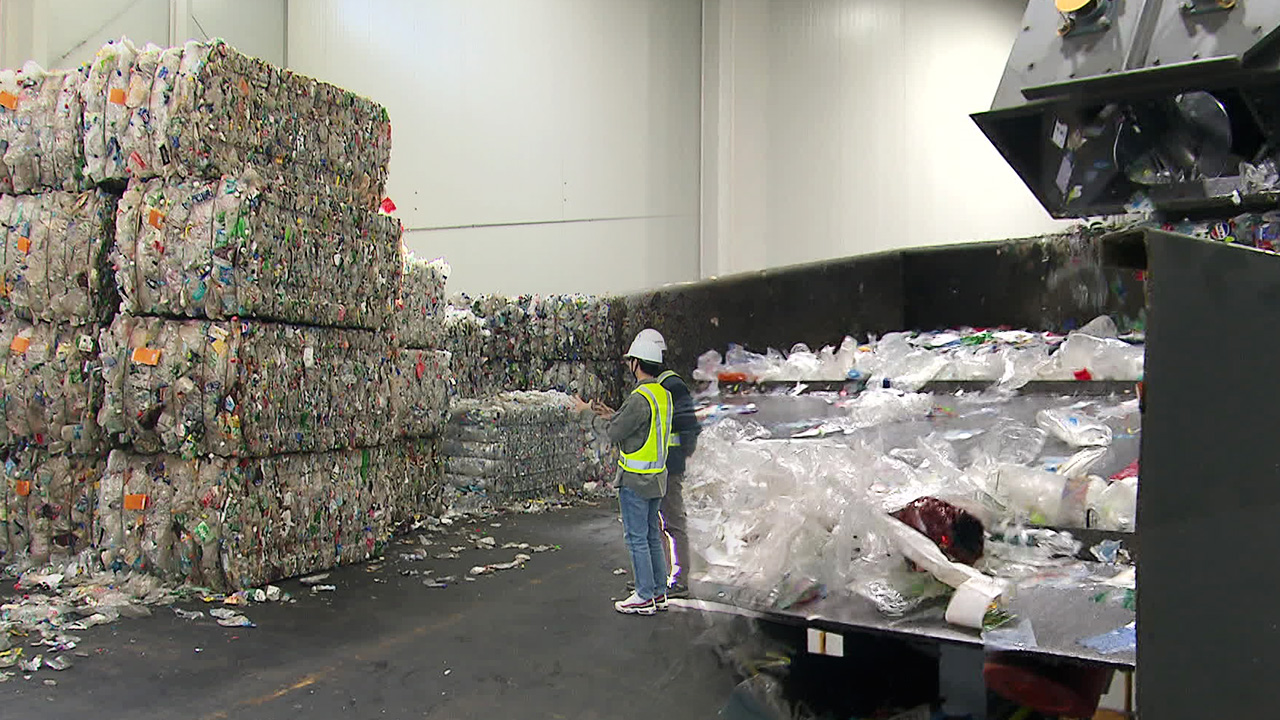
[Anchor]
When transparent PET bottles are collected separately, they are reused as recycled plastic.
The government plans to increase the utilization rate of this recycled plastic to reduce environmental pollution, but the industry is expressing concerns.
Reporter Lee Se-heum has investigated the situation.
[Report]
Used PET bottles are sorted by color and thoroughly cleaned.
They are then broken down into plastic chips the size of rice grains and used as raw materials for new PET bottles.
To reduce domestic plastic waste, it was mandated two years ago that when producing more than 10,000 tons of PET bottle raw materials annually, 3 percent must be made from recycled plastic.
However, the effectiveness has diminished as the raw materials containing recycled plastic are mainly exported overseas.
[Lee Geon-ho/CEO of PET bottle recycling company: "Previously, there was no obligation for beverage companies to purchase recycled PET. Additionally, the price of recycled products was about 50% higher than that of new products..."]
In response, the Ministry of Environment has decided to expand the mandatory use of recycled plastic to include bottled water and beverage manufacturers starting next year.
Furthermore, the mandatory usage rate is planned to increase from the current 3 percent to 10 percent.
This is to participate in the international community's efforts to reduce plastic.
[Lee Jeong-mi/Director of Resource Recycling, Ministry of Environment: "In the EU, when manufacturing food-grade PET bottles, the proportion of recycled raw materials must be 25% by 2025, and there are plans to increase it to 30% by 2030."]
The related industry agrees with the intention but is currently expressing concerns.
This is because the price of recycled plastic is about 1.5 times higher than that of regular plastic, and new facilities need to be introduced.
They argue that there is a need for benefits for companies using recycled raw materials, along with solving the price issue.
The Ministry of Environment plans to gradually increase the proportion of recycled plastic used in PET bottles to 30 percent by 2030 and to expand the target companies.
This is KBS News, Lee Se-heum.
When transparent PET bottles are collected separately, they are reused as recycled plastic.
The government plans to increase the utilization rate of this recycled plastic to reduce environmental pollution, but the industry is expressing concerns.
Reporter Lee Se-heum has investigated the situation.
[Report]
Used PET bottles are sorted by color and thoroughly cleaned.
They are then broken down into plastic chips the size of rice grains and used as raw materials for new PET bottles.
To reduce domestic plastic waste, it was mandated two years ago that when producing more than 10,000 tons of PET bottle raw materials annually, 3 percent must be made from recycled plastic.
However, the effectiveness has diminished as the raw materials containing recycled plastic are mainly exported overseas.
[Lee Geon-ho/CEO of PET bottle recycling company: "Previously, there was no obligation for beverage companies to purchase recycled PET. Additionally, the price of recycled products was about 50% higher than that of new products..."]
In response, the Ministry of Environment has decided to expand the mandatory use of recycled plastic to include bottled water and beverage manufacturers starting next year.
Furthermore, the mandatory usage rate is planned to increase from the current 3 percent to 10 percent.
This is to participate in the international community's efforts to reduce plastic.
[Lee Jeong-mi/Director of Resource Recycling, Ministry of Environment: "In the EU, when manufacturing food-grade PET bottles, the proportion of recycled raw materials must be 25% by 2025, and there are plans to increase it to 30% by 2030."]
The related industry agrees with the intention but is currently expressing concerns.
This is because the price of recycled plastic is about 1.5 times higher than that of regular plastic, and new facilities need to be introduced.
They argue that there is a need for benefits for companies using recycled raw materials, along with solving the price issue.
The Ministry of Environment plans to gradually increase the proportion of recycled plastic used in PET bottles to 30 percent by 2030 and to expand the target companies.
This is KBS News, Lee Se-heum.
-
-

이세흠 기자 hmm@kbs.co.kr
이세흠 기자의 기사 모음
-
이 기사가 좋으셨다면
-
좋아요
0
-
응원해요
0
-
후속 원해요
0










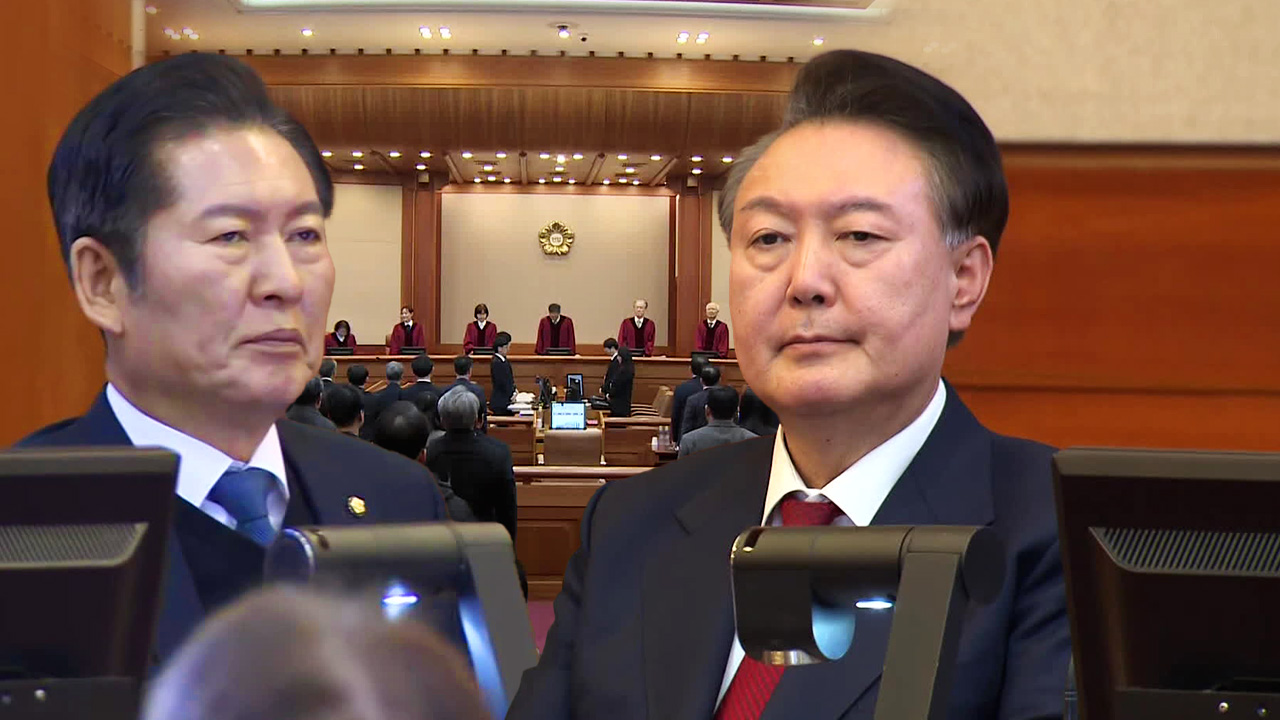
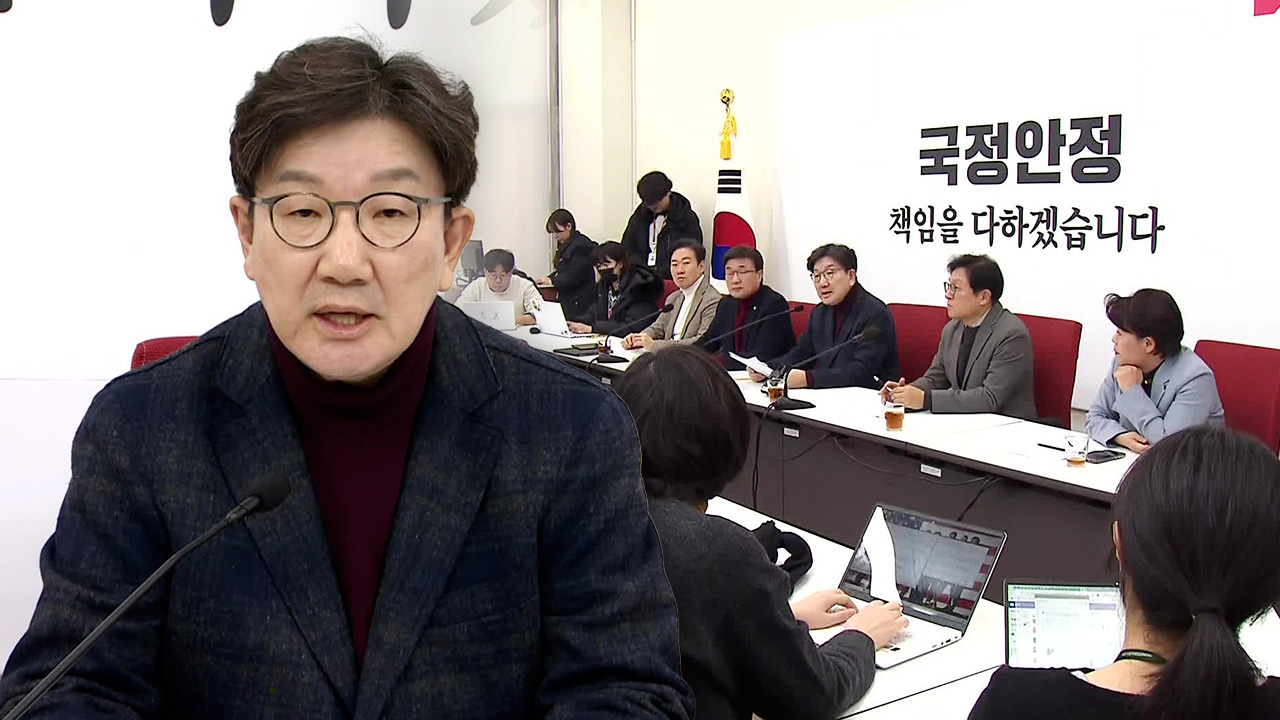
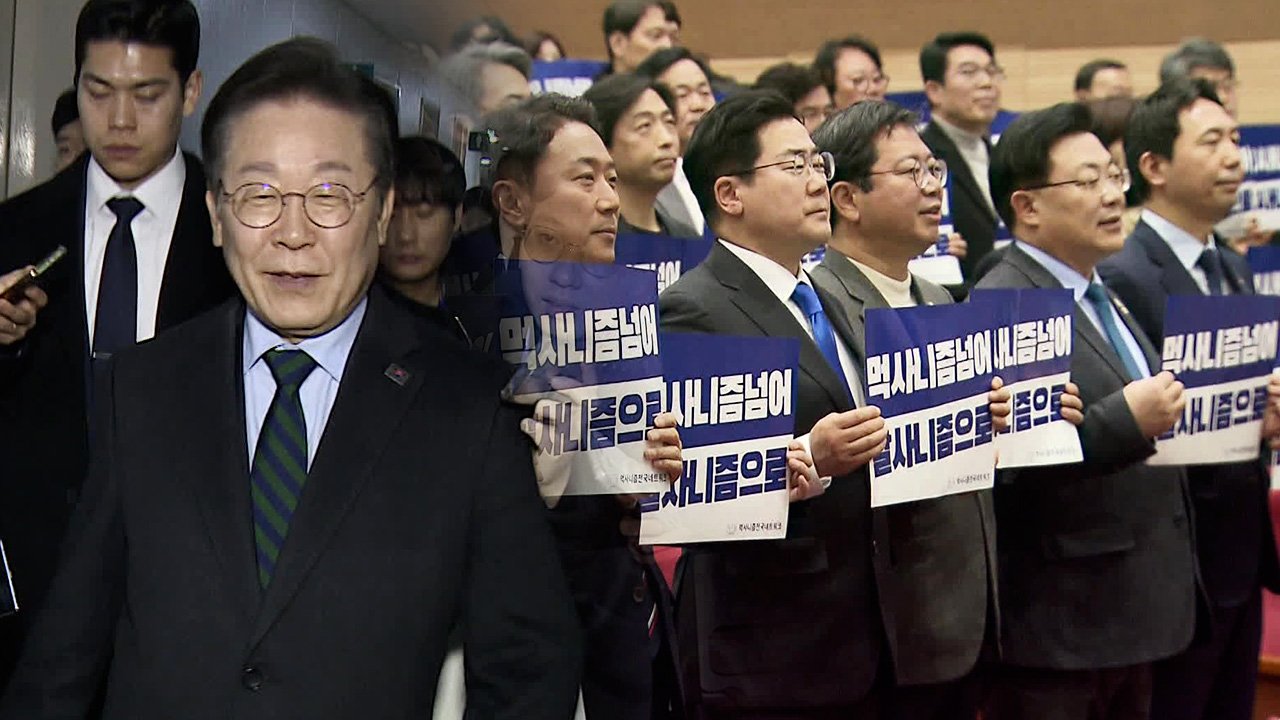
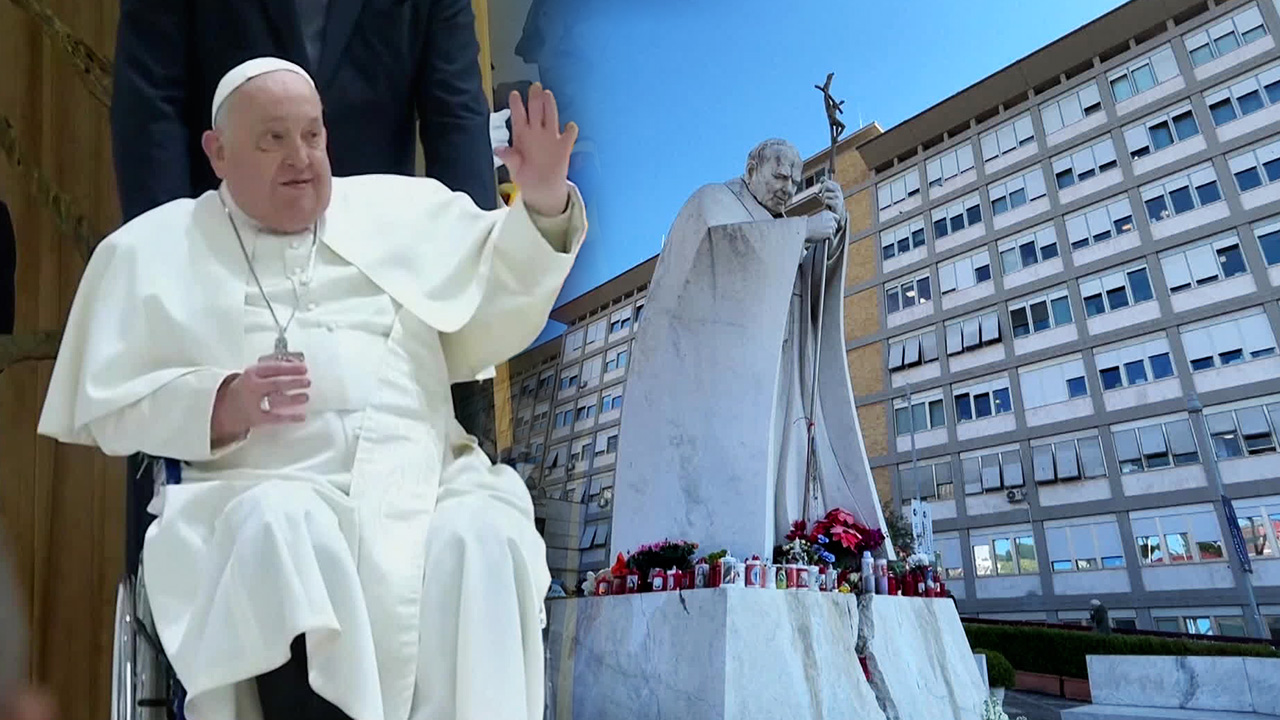

이 기사에 대한 의견을 남겨주세요.